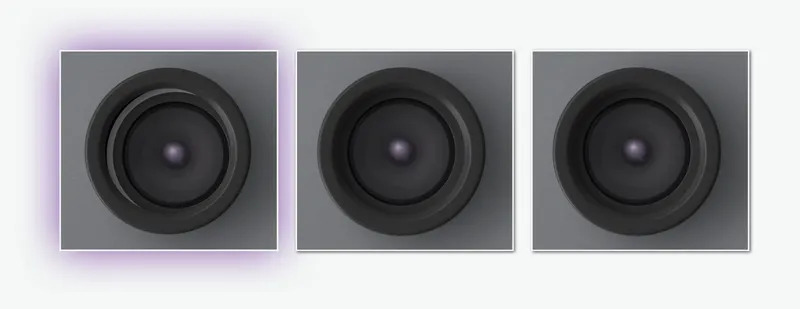For the last two years, Instrumental has been hard at work on software that enables hardware engineering teams to harness the power of their data. Our customers, including Fortune 500 companies, have used the system to virtually disassemble 16,000 units and to take over 40,000 measurements, all remotely. They have saved weeks on the factory assembly line and hundreds of DOE units from being built. Multiple customers have saved over $300,000 within the first several months by using Instrumental to respond to issues quickly.
From the beginning, our mission has been to build an artificial intelligence engine for manufacturing: one that not only provides access to valuable data (to tell you when you have a problem), but uses that data to generate insights (to suggest what to do about it). Today, we pull back one corner of the curtain with the introduction of Instrumental Detect.
Instrumental Detect highlights units that appear defective or anomalous, giving our customers a significant edge in discovering and resolving product issues — two leading causes of product launch delay. Detect uses Convolutional Neural Networks, a machine learning technique, to process hundreds of units and identify the most interesting units to review in seconds. Detect requires no foresight of what might go wrong, no training, and no golden units. It works on both small and large datasets.

Instrumental Detect ranks small or large regions of units by how different they appear so that it’s easy for an engineer to understand process or quality issues that may be present.
Over the past few weeks, several engineers from our existing customer base have unleashed the power of Detect on their manufacturing datasets. Within a search or two, they each found missing components, concerning mis-alignments, and process issues. One engineer immediately found misplaced and missing gasket seals from earlier that week. A second engineer caught an assembly process issue still in progress on the line and was able to inform the factory to correct it right away.
An engineer caught an assembly process issue still in progress on the line and was able to inform the factory to correct it right away.
To these engineers, the value of Detect is clear: find problems that would otherwise be hidden and react to them quickly. After trying Detect, multiple existing customers have already upgraded, and more new ones have signed on to deploy an Instrumental System on their own lines. We look forward to sharing their stories in case studies to come.
Want to see it for yourself? Contact us to see how Instrumental Detect can amplify your hardware development process.
Related Topics



